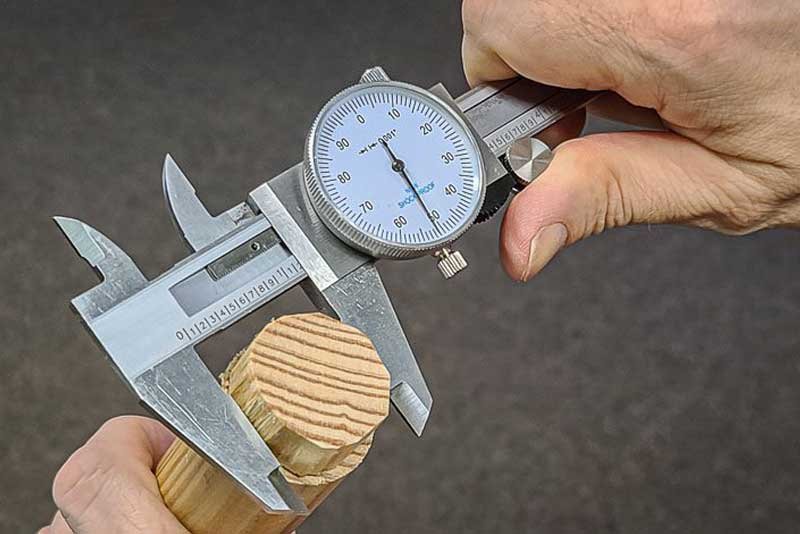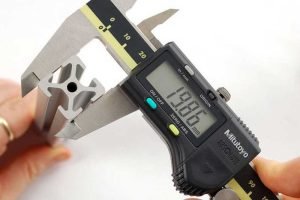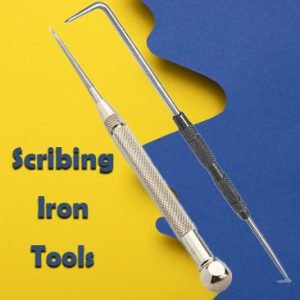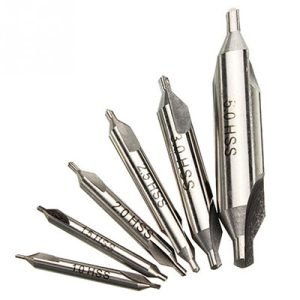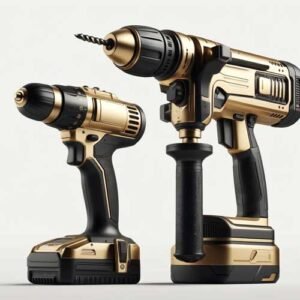If you work in industries where precision measurement is crucial, you’re likely familiar with the indispensable tool known as the dial caliper. In this comprehensive guide, we’ll explore everything you need to know about dial calipers, from their features and uses to how to choose the right one for your needs.
What is a dial caliper?
A dial caliper is a precise measuring tool used to measure the distance between two opposite sides of an object. It is commonly used in engineering and machining applications, as well as for measuring a wide range of objects from screws to automotive parts.
Dial calipers are extremely accurate and are capable of measuring objects within hundredths of an inch or tenths of a millimeter. One advantage of using dial calipers over other types of measuring tools such as rulers and tapes is that they can be used with one hand while being held against an object with the other hand. This makes them ideal for taking quick measurements in tight spaces such as inside an engine bay or when working on small parts.
Using a dial caliper correctly requires knowledge of both its parts and operations. Understanding how to read and use a dial caliper correctly can be incredibly helpful for anyone working in engineering, machining, or any other field that requires accurate measurements. With practice, anyone can quickly become proficient at using this essential tool!
When it comes to precision measurements, many professionals turn to calipers. You can choose between vernier caliper, digital caliper, and dial caliper based on your specific needs.
Parts of Dial Calipers
The caliper consists of a body, jaws, and an adjustment screw. The jaws are used to hold the object being measured and the adjustment screw is used to accurately set the measurement.
The body of the dial caliper is typically made from steel, aluminum, or plastic and features a graduated scale that reads in metric or imperial measurements. There is also a rotating dial which allows for precise adjustment of the measurement. This is done by turning the dial until it matches the measurement displayed on the scale. The measurement is then locked into place with a locking mechanism located on the side of the caliper.
Dial calipers consist of several essential components:
Body:
The main frame of the caliper housing the other components.
Jaws:
Two sets of jaws – inner and outer – used to hold the object being measured.
Dial Indicator:
The heart of the caliper, featuring a rotating dial with a needle that provides precise measurements.
Adjustment Screw:
A screw mechanism for fine-tuning measurements.
Graduated Scale:
A scale on the body that displays metric or imperial measurements.
Locking Mechanism:
A feature to secure the measurement in place.
How to Use and Read a Dial Caliper?
Using a dial caliper correctly requires understanding its operation:
Open the Caliper: Release the locking mechanism and open the jaws.
Place the Object: Position the object to be measured between the jaws, ensuring a snug fit.
Close the Jaws: Gently close the jaws around the object.
Read the Dial: Observe the dial indicator and note the measurement where the needle aligns with the scale.
Lock the Measurement: Secure the measurement by engaging the locking mechanism.
Dial calipers are extremely precise tools and can be used to measure both small and large objects with great accuracy. They are commonly used in engineering and manufacturing applications where precise measurements are critical.
The benefits of using a dial caliper
Dial calipers are very easy to use. There are many benefits to using a dial caliper over other measuring tools, such as a ruler or tape measure. First, dial calipers are much more precise than other tools; they can take measurements down to fractions of an inch, whereas a ruler can only take whole-inch measurements. Second, dial calipers are much easier to read than other measuring tools; the large, easy-to-read dial makes it simple to get an accurate measurement quickly. Finally, dial calipers are Durable and built to last; they can withstand years of heavy use without breaking or becoming inaccurate.
If you need to take precise measurements on a regular basis, investing in a quality dial caliper is a wise decision. Dial calipers are an essential tool for anyone who works with wood or other materials that need to be cut to specific sizes.
Dial Caliper Precision
Dial calipers are renowned for their exceptional precision. They can measure objects within hundredths of an inch or tenths of a millimeter, making them invaluable in industries where accuracy is paramount. Whether you’re crafting fine woodworking pieces, machining intricate parts, or conducting precise medical procedures, a reliable dial caliper is an essential tool that ensures your measurements are consistently on point.
In conclusion, dial calipers are indispensable instruments for achieving precision in various professional and hobbyist pursuits. By understanding their components and mastering their usage, you can unlock the full potential of these remarkable tools and elevate the quality of your work.
What’s the Difference Between a Dial and a Digital Caliper?
Dial calipers and digital calipers serve the same purpose, but they differ in how they display measurements. Dial calipers use a rotating dial with a needle, while digital calipers provide a digital readout on an LCD screen. The choice between calipers often comes down to personal preference and the level of precision required for a specific task.
